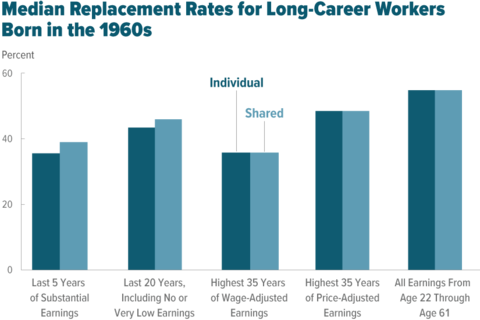Released November 2019.
The Use of Longitudinal Data on Social Security Program Knowledge
by Laith Alattar, Matt Messel, David Rogofsky, and Mark A. Sarney
This article presents and compares results from the first two waves of Understanding America Study (UAS) surveys of public knowledge about Social Security programs. The article briefly reviews the Social Security Administration's past efforts to gauge public knowledge of the programs, describes the UAS survey instrument used in the current effort, and presents survey results with detail by respondent age, education, and financial literacy level. Among the authors' findings are that younger workers with lower levels of education and financial literacy are logical targets for agency informational outreach and interventions.
Hispanics' Knowledge of Social Security: New Evidence
by Janice Peterson, Barbara A. Smith, and Qi Guan
Although Hispanics rely more on Social Security benefits for retirement income than other population groups, their knowledge about the programs is shallower. The authors of this article use data from a large Internet survey panel to identify gaps in Social Security knowledge between Hispanics and non-Hispanic whites and among Hispanics across ancestry and primary-language groups and test the statistical significance of their findings. The results offer insights for further research and guidance for policy that aims to promote retirement security for U.S. Hispanics.
The Comprehensive Wealth of Older Immigrants and Natives
by David Love and Lucie Schmidt
This article compares the retirement preparations of immigrant and native-born Americans aged 51 or older. The authors estimate the present value of future income streams in calculating measures of comprehensive wealth and an annualized equivalent. In addition to some significant differences in median annualized wealth between immigrants and natives, the authors find that the most recent waves of immigrants are more financially vulnerable in retirement than earlier immigration cohorts were at similar ages. With a decomposition analysis, the authors estimate how much of the immigrant-native wealth gap is attributable to differences in observable characteristics.
Read more!









